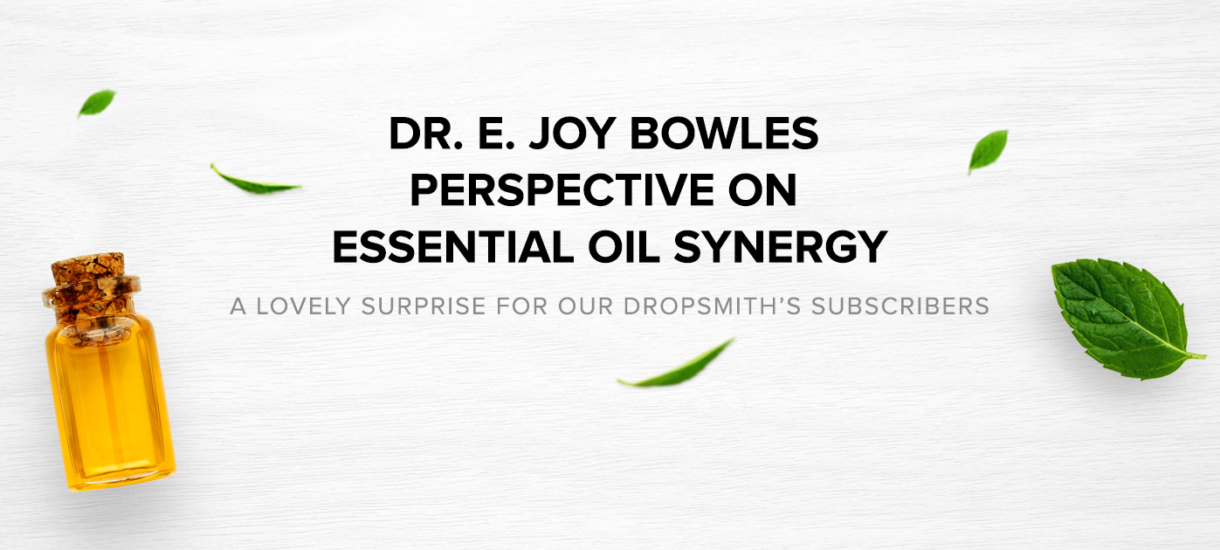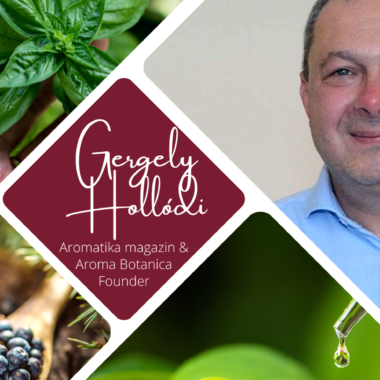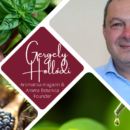Did you know Dr. E. Joy Bowles received an award for Outstanding Contribution to aromatherapy at the Alliance of International Aromatherapists Conference in September 2021?
It is always an honor and pleasure to share thoughts with an incredible aromatherapy authority like Joy. In this last segment of our interview, we discuss:
- significance of classification of chemical components,
- how the chemical components influence the odor,
- some fantastic ideas from Joy.
CLICK HERE TO LEARN HOW TO USE THE BLEND TOOL.
Thank you, Joy, for your valuable opinion and words of wisdom, and thank you for watching.
Let us know in the comments below what was your favorite part of the interview.







Thank you so much for interviewing Dr Joy. Love to hear a lot more from her.
I strongly agree to her suggestions to include aroma potency in Dropsmith and the experiencing the smell of individual constituents. Looking forward….